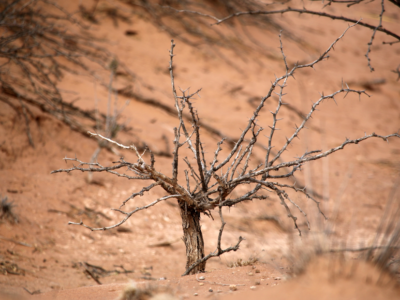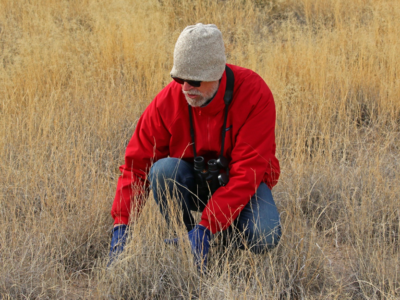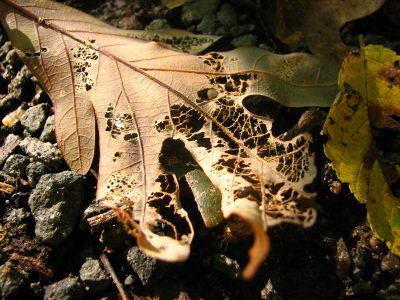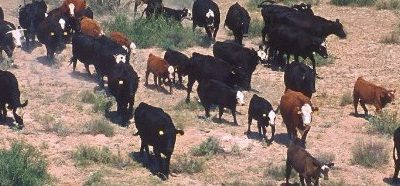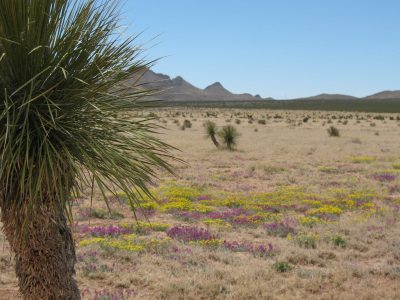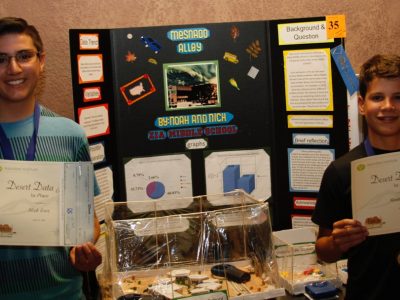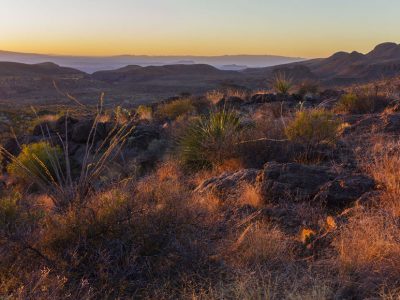LTER Road Trip: X Marks the Spot in the Jornada Desert
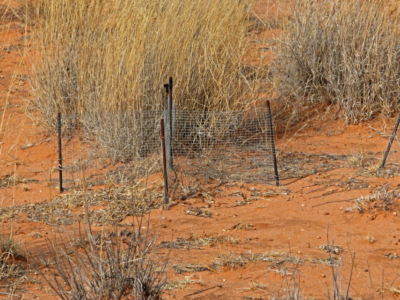
In the center of the grassland and shrubland of the Jornada LTER, I gaze across short mesh nets, arranged in an X and stretching approximately one foot across in each direction, sitting unobtrusively on the ground between mesquite, bushes, and snakeweed bunches. Spherical cottontail rabbit pellets congregated in the low places, and John Anderson, Research… Read more »

